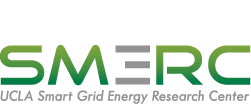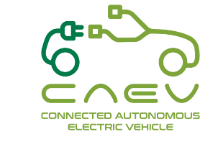Autonomous Vehicles and Transportation Systems for movement of People in the Post COVID-19 WorldIntroduction: The COVID-19 virus has resulted in the 6 foot separation rule to minimize the spread of the virus. This has resulted in the upending of a significant number of businesses. Moving persons via shared rides has a risk that the passenger is not satisfying the distance rule from the rider. This will result in significant reduction in the use of such shared services. We will study how autonomous vehicles in combination with autonomous services can be used to solve this problem. We will collect data on the number of individuals that must return to work in the near future as employers start to restart their operations and which autonomous transportation technologies would be appropriate for the movement of such workers and how they impact the transportation system. We will gather date on early results from countries such as Denmark that have already started to open some of their services, businesses and government organizations. We will also gather data on existing autonomous vehicles and technologies as they will form the basis of for our solution space. We will subsequently use data gathered to model mapping of needs of society to move personnel to and from their workplace with the availability of current autonomous transportation vehicles such as the Navya, Nuro, Argo.AI, Waymo, GM/Cruise, and others. Data Collection: The data will enable us to understand the needs of society in moving of personnel in the short term, medium term and long term. In the short term, second tier critical businesses, services and government organizations that need to start functioning soon will have needs to transport employees to work. Specifically, states such as New York and California, that were afflicted with virus earlier than other states and are as of this date starting to experience flattening of or slow reduction of their new COVID-19 cases per day (in particular the 7 day moving average) are starting to plan to a gradually restart their operations. A significant number of such workers use public transportation or shared rides - both of which have the challenge that they do not satisfy the 6 foot distance rule between two persons - in the case of a bus or train between two passengers and in the case of a share ride such as Uber or Lyft, between the driver and the passenger. Therefore, having a vehicle that is autonomous that has no driver is one way to solve this problem and it has the potential to scale up significantly as new autonomous vehicles with single seat are now being made in several countries. There eventually will be a host of autonomous technologies that will be able to solve different problems. Creating and managing a fleet of autonomous vehicles on the roads of California using historical and real-time data from vehicles, street lights and sensors, and coupling it with the schedules of individuals going to work will form the basis of new field of research that would involve not such engineering, but also public policy, economics, business, healthcare and other disciplines. |
Leadership Team: |


